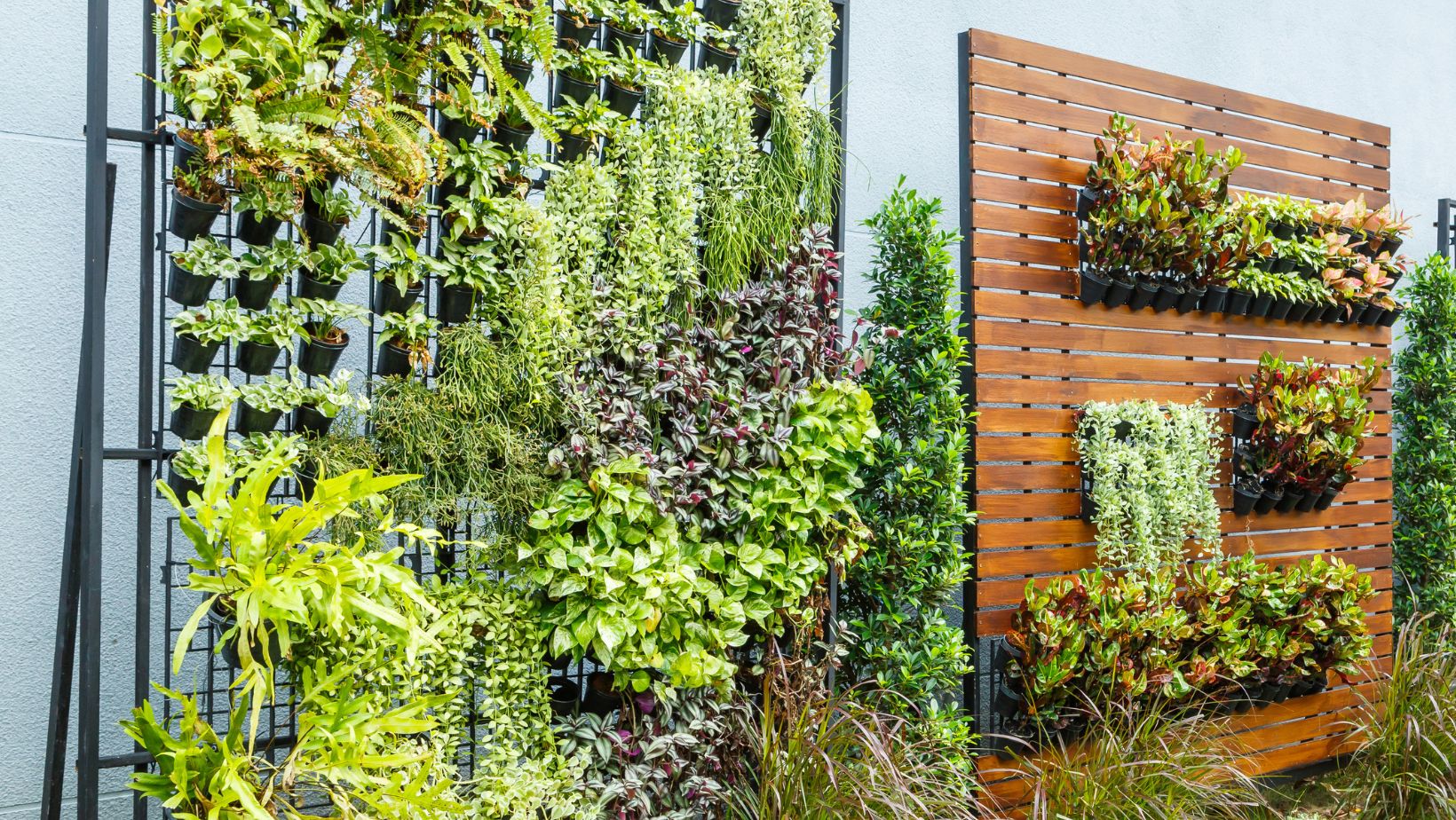Cities are growing, and their problems are too. Space is limited, pollution is rising, and there’s less greenery. But a solution is sprouting—vertical gardens. These gardens are changing the way urban areas breathe and thrive, just like TonyBet is changing the way people place bets and have fun.
What Are Vertical Gardens?
The name itself explains a lot, instead of growing the traditional way, vertical gardens grow on walls, fences, or any vertical structures. They bring greenery to cities in a unique way. This saves space, making them perfect for crowded cities where space is limited.
These gardens bring greenery to plain walls, making urban areas more lively and full of life. They make it possible to add nature to places that seemed too small or dull before. Vertical gardens transform empty walls into vibrant plant spaces.
Picture a tall building covered in green plants, swaying gently in the wind. Vertical gardens make this possible while serving useful purposes. They make cities look softer and less harsh, clean the air, and provide homes for small animals and insects. These gardens also add beauty by combining nature with buildings. They make cities greener, healthier, and more beautiful, bringing nature to people in urban areas.
Transforming Urban Air Quality
Air pollution is a major problem in cities, impacting people daily. Vertical gardens offer a helpful solution. They work like natural air filters, absorbing carbon dioxide and releasing fresh oxygen to improve air quality.
Some plants can remove harmful chemicals like benzene and formaldehyde from the air. Vertical gardens help clean the air and make cities look better. They create small spaces with fresh, clean air for everyone to enjoy.
Vertical gardens help remove harmful particles like dust and soot from the air. These particles can cause breathing problems. The plants in green walls trap and clean the air, making it healthier. This is especially useful in crowded, polluted cities. Vertical gardens show that adding plants to city spaces can improve health and create a better environment.
Saving Space, Boosting Sustainability
Cities often lack space for traditional gardens. Vertical gardens solve this problem. They use walls that would otherwise stay bare.
These gardens also promote sustainability. Many use recycled materials for their structure. Some even include systems to reuse water. This makes them eco-friendly and efficient.
Food Production in Tight Spaces
Vertical gardens aren’t just for decoration. They can grow food too. Herbs, vegetables, and fruits can thrive on green walls.

Urban farms are adopting vertical gardening to increase food production. It’s a step toward solving food scarcity in crowded cities. Fresh, local produce becomes accessible, even in the densest areas.
Inspiring Community Engagement
Vertical gardens can unite communities. Schools, offices, and neighborhoods use them for collective projects. Working together to build and maintain a green wall strengthens bonds.
They also create shared spaces. Residents gather near vertical gardens to relax or socialize. This fosters a sense of belonging.
Innovative Technology for Vertical Gardens
Modern vertical gardens use advanced technology. Automated irrigation systems water the plants. Smart sensors track temperature, humidity, and soil moisture. Some green walls even integrate solar panels.

This technology powers their irrigation systems. It’s a blend of nature and innovation, making cities greener and smarter.
Challenges of Vertical Gardening
Like any solution, vertical gardens have hurdles. They need regular maintenance. Choosing the right plants for specific climates can be tricky.
Initial setup costs can be high. However, long-term benefits often outweigh these expenses. Experts believe that as technology advances, these challenges will decrease.
Real-Life Examples of Vertical Gardens
Some cities are leading the way. Singapore’s Changi Airport features stunning vertical gardens. They enhance air quality and create a relaxing environment for travelers.
In Paris, the Musée du Quai Branly has a large green wall. It’s both an art piece and a functional garden.
These examples prove that vertical gardens are more than trends. They are a glimpse into the future of urban living.
